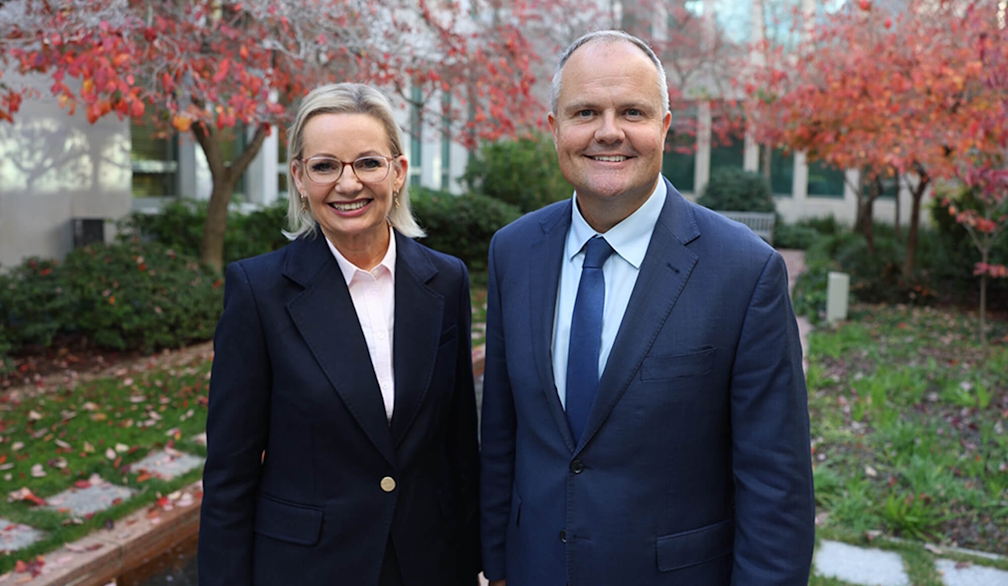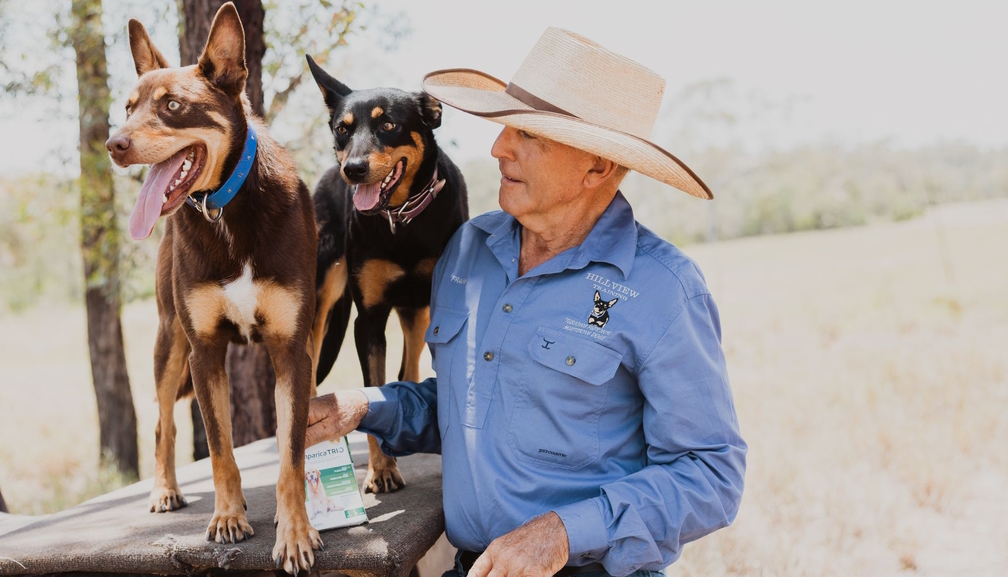Net Zero Will Adversely Change How We Live

Why the Coalition’s Shift Away Could Save Australia
💡 The Net Zero Dream That Became a Living Cost Nightmare
“Net zero by 2050” was sold as the roadmap to a cleaner, better world. But in practice, it’s driving up costs, squeezing industries, and changing how ordinary Australians live.
From energy bills to grocery prices, the financial hit of decarbonisation is now unavoidable. And the Coalition’s decision to abandon the net zero target isn’t environmental neglect — it’s an act of economic sanity.
⚡ Power Bills That Keep Going Up
Renewables sound cheap — until you factor in the cost of backup storage, massive transmission lines, and subsidies. Despite two decades of green investment, Australians now pay some of the world’s highest electricity prices.
Wind and solar are intermittent. The sun doesn’t shine at night, and the wind doesn’t always blow — meaning coal and gas plants must still stand ready as backup. Households end up paying for two systems at once.
🚗 The Car You Drive and the Freedom You Lose
Governments are already moving to ban new petrol and diesel vehicles in coming years. That sounds progressive, but the average EV costs tens of thousands more — and good luck finding a charger outside a capital city.
For regional Australians and tradies, the EV push is not a green revolution; it’s a mobility tax. It makes everyday life harder, not cleaner.
🌾 Farmers and Manufacturers Under Pressure
Australia’s farmers are being told to cut methane and fertiliser use. Manufacturers face carbon pricing and strict energy caps. The result? Higher costs, fewer exports, and a slow bleed of jobs to countries that don’t play by the same rules.
While we regulate ourselves into poverty, global emissions keep rising — mostly from nations still building coal plants by the week.
🏠 The Quiet Transformation of Daily Life
Net zero isn’t just an energy policy — it’s a lifestyle policy.
-
Gas cooktops and heaters? Banned in some new homes.
-
Air travel? Becoming a privilege as airlines pay for costly carbon offsets.
-
New homes? More expensive as materials and compliance standards tighten.
The reality: the middle class foots the bill, while elites in electric SUVs call it progress.
🔥 The Coalition’s Break from Net Zero: A Return to Realism
The Coalition’s shift is not climate denial — it’s a correction.
1. Affordable, Reliable Energy
By freeing itself from net zero constraints, the Coalition can support proven energy sources — including clean coal, gas, and nuclear — without ideological blinders. Stability first, symbolism second.
2. Protecting Jobs and Exports
Australia’s wealth comes from resources, agriculture, and manufacturing. Keeping those industries alive means defending national prosperity, not sacrificing it on the altar of global virtue signalling.
3. Backing Technology, Not Bureaucracy
Instead of banning what works, Australia can embrace carbon capture, advanced fuels, and nuclear innovation. The aim: reduce emissions without destroying livelihoods.
🧩 It’s Not About Denying Climate Change — It’s About Common Sense
Australia produces just over 1% of global emissions. Even if the country disappeared tomorrow, it wouldn’t change the climate trajectory.
Yet Australian families are being asked to absorb massive costs, higher power bills, and job losses — for results that barely register globally.
The Coalition’s rethink is about balance. Care for the environment, yes — but not at the cost of affordability, energy security, or national independence.
🇦🇺 The Bottom Line: Realism Over Rhetoric
Net zero was meant to save the planet. But in its current form, it’s punishing the very people it claims to protect.
The Coalition’s departure from that costly ideology may mark the start of something Australia desperately needs — a new era of practical, balanced, and patriotic policy.
Because sustainability shouldn’t mean self-sabotage. And protecting the planet shouldn’t mean destroying Australia’s prosperity.
Tags: #NetZero #ClimatePolicy #AustralianPolitics #EnergyCrisis #Coalition #Mencomau #CostOfLiving #NuclearEnergy #ClimateRealism







